Discover a delightful collection of 15+ free printable succulents coloring pages, featuring everything from charming cartoon designs to intricate patterns. Perfect for both beginners and experienced artists, these pages invite you to unleash your creativity and enjoy a relaxing coloring experience.
Succulents coloring page with cute cartoon style
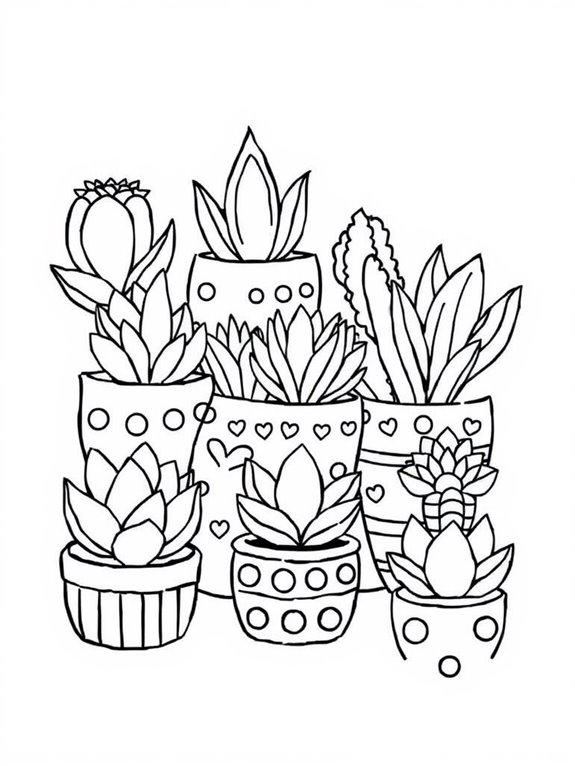
Download and print this adorable succulents coloring page for free,
perfect for anyone looking to unleash their creativity with whimsical designs!
Succulents coloring page featuring simple geometric shapes
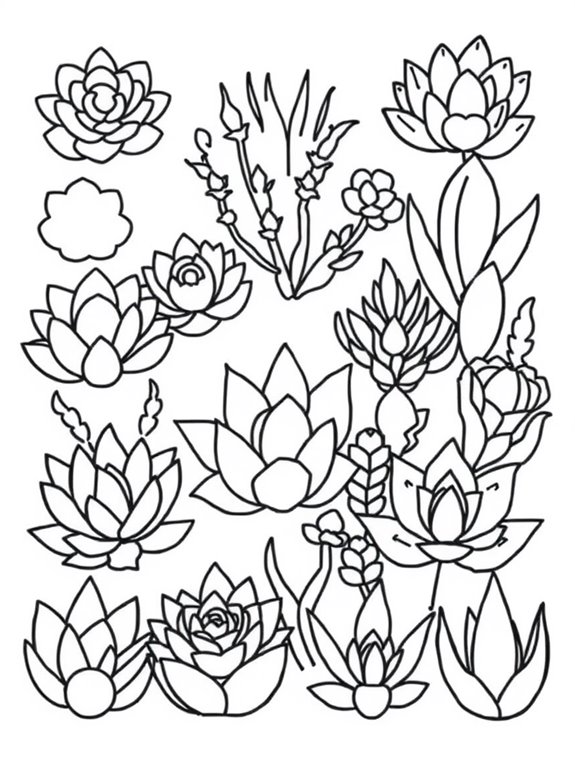
Download and print this free succulents coloring page featuring simple geometric shapes, perfect for art enthusiasts of all ages looking to enhance their creativity and enjoy a calming coloring experience.
Succulents coloring page with playful expressions
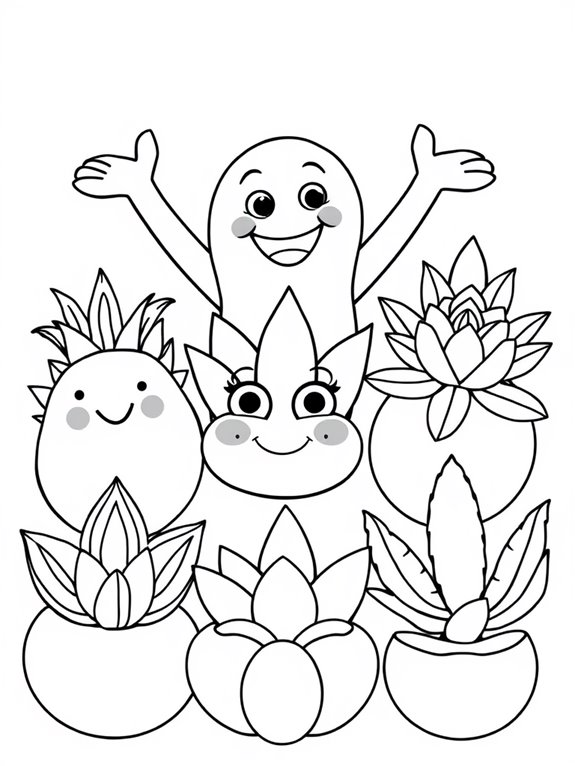
Download and print this delightful succulents coloring page for free, perfect for both kids and adults looking to unleash their creativity with playful, expressive plants.
Succulents coloring page in whimsical doodle design
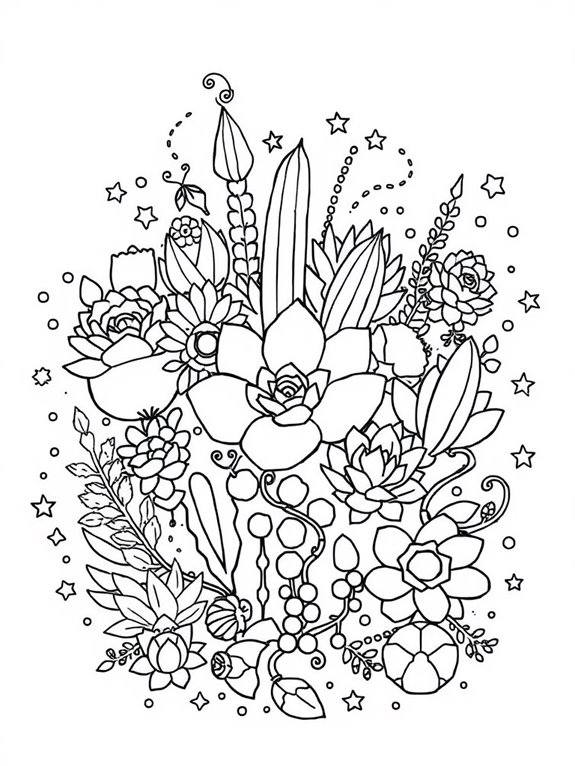
Download and print this whimsical doodle design succulents coloring page for free,
perfect for artists of all ages looking to unleash their creativity!
Succulents coloring page with easy outlines for beginners
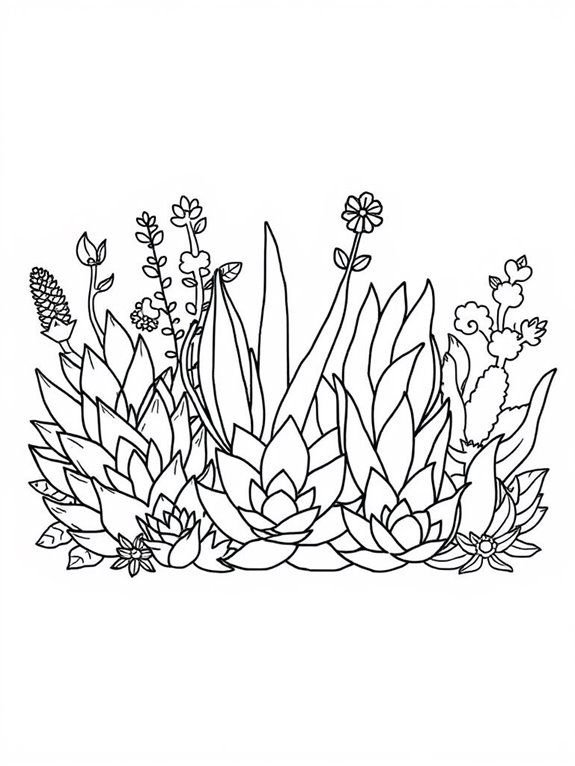
Download and print our free succulents coloring page with easy outlines, perfect for beginners looking to enjoy a relaxing coloring experience!
Succulents coloring page surrounded by star patterns
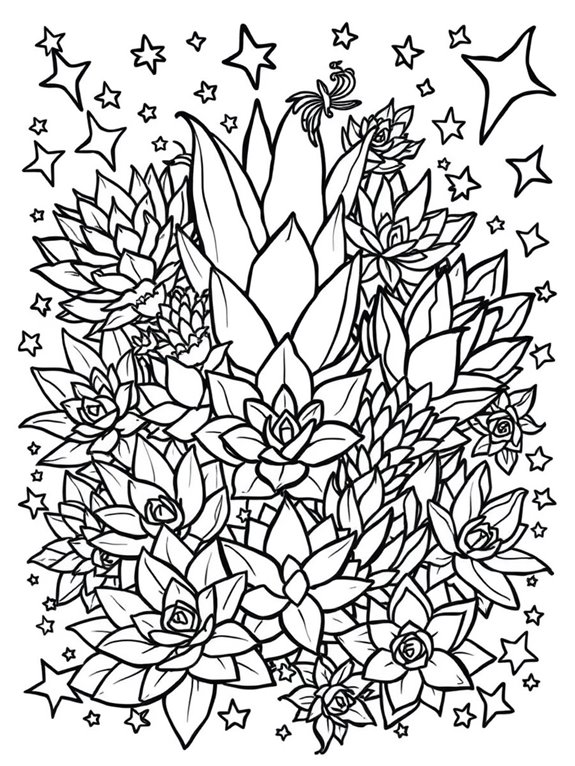
Download and print our enchanting succulents coloring page for free, perfect for anyone looking to spark creativity and relaxation while enjoying whimsical star patterns!
Succulents coloring page in a cozy pot
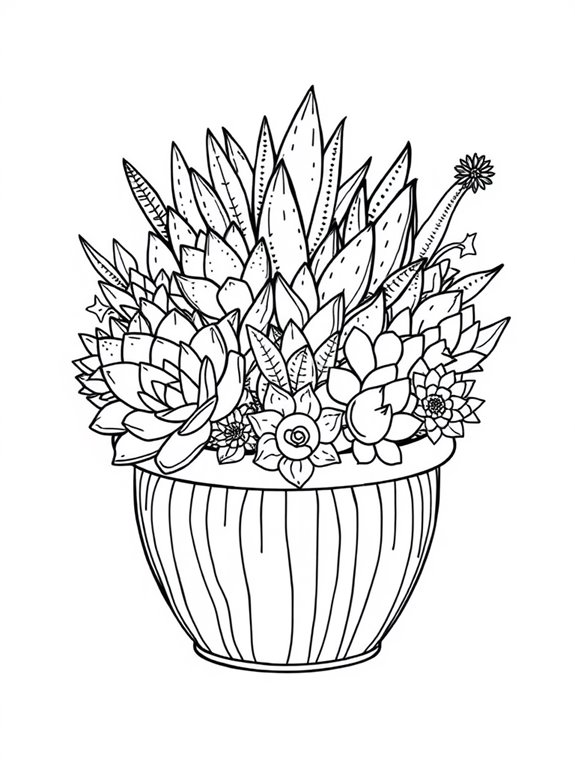
Download and print this charming succulents coloring page for free,
perfect for anyone looking to unwind and express their creativity!
Succulents coloring page with a variety of leaf shapes

Download and print this free succulents coloring page, perfect for anyone looking to unleash their creativity with a delightful variety of leaf shapes.
Succulents coloring page showcasing a garden scene
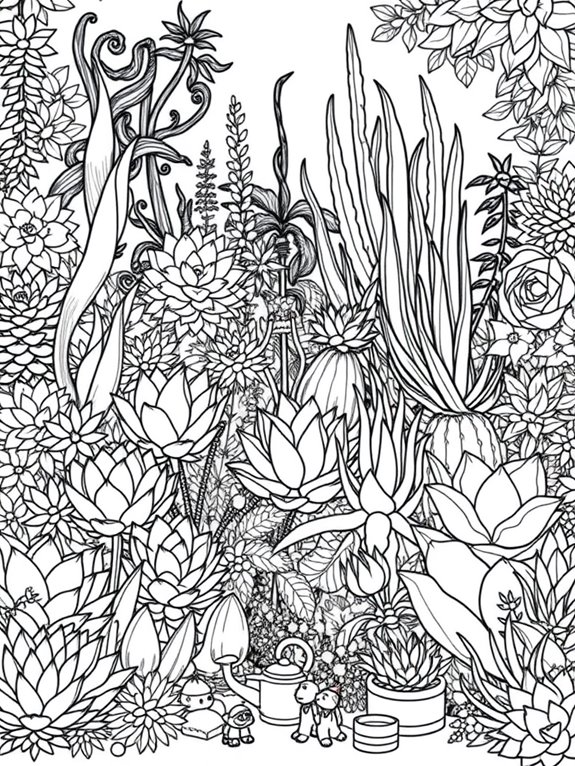
Download and print this free succulents coloring page, perfect for art enthusiasts of all ages looking to add a splash of creativity to their day!
Succulents coloring page with intricate line art

Download and print this intricate succulent coloring page for free,
perfect for anyone looking to relax and unleash their creativity!
Succulents coloring page shaped like a heart
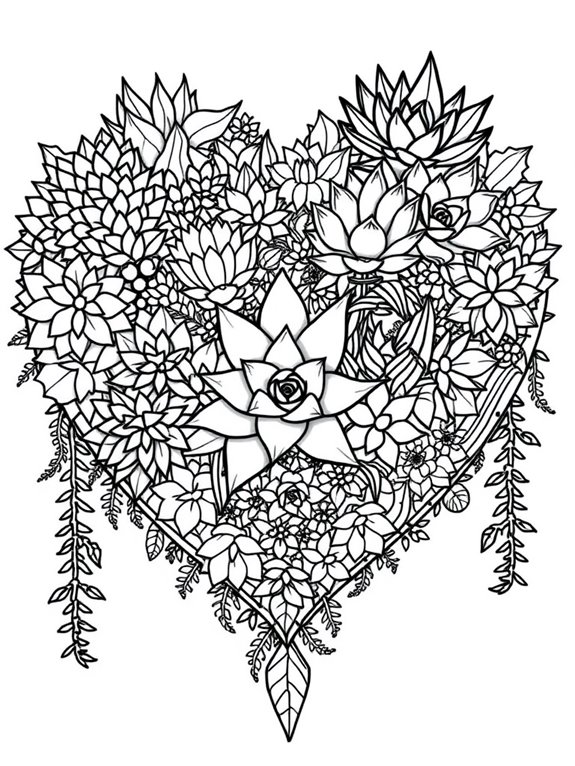
Download and print this charming heart-shaped succulent coloring page for free,
perfect for anyone looking to express their creativity and love for nature!
Succulents coloring page with patterned backgrounds
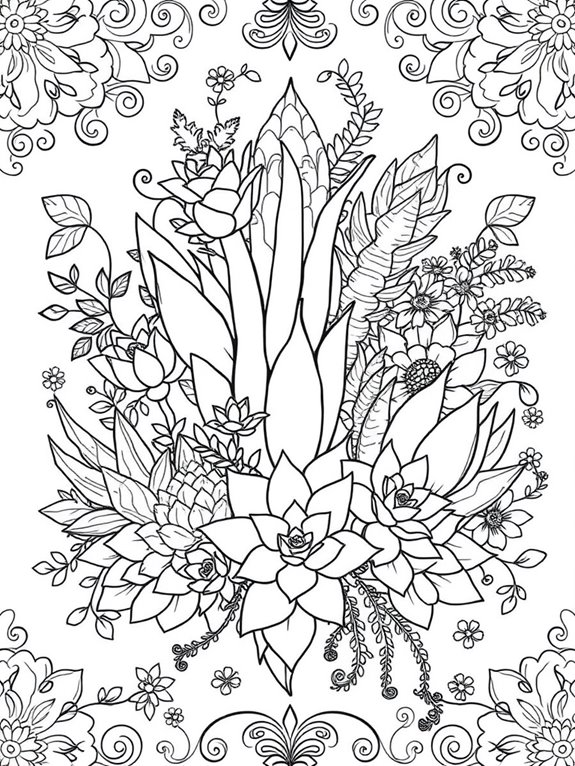
Download and print these free succulents coloring pages with intricate patterned backgrounds,
perfect for anyone seeking a relaxing and creative outlet.
Succulents coloring page featuring a desert landscape
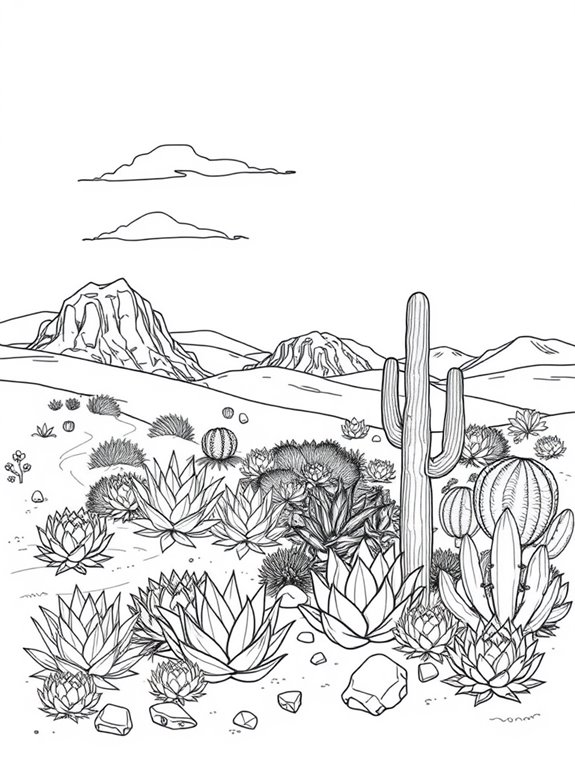
Download and print this beautiful succulents coloring page featuring a tranquil desert landscape for free.
It is perfect for anyone looking to unwind or enhance their coloring skills!
Succulents coloring page with friendly animal companions
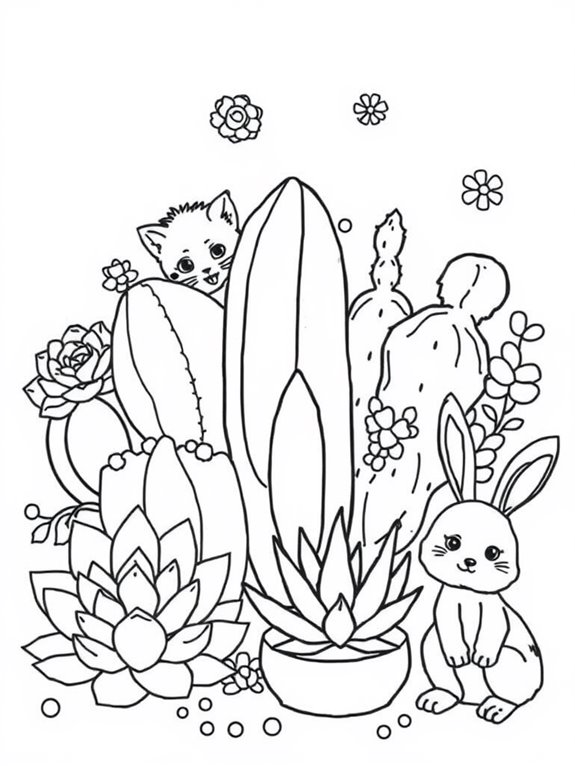
Download and print this delightful succulents coloring page for free, perfect for kids and adults alike who enjoy adding a whimsical touch to their creativity!
Succulents coloring page in a mini terrarium design
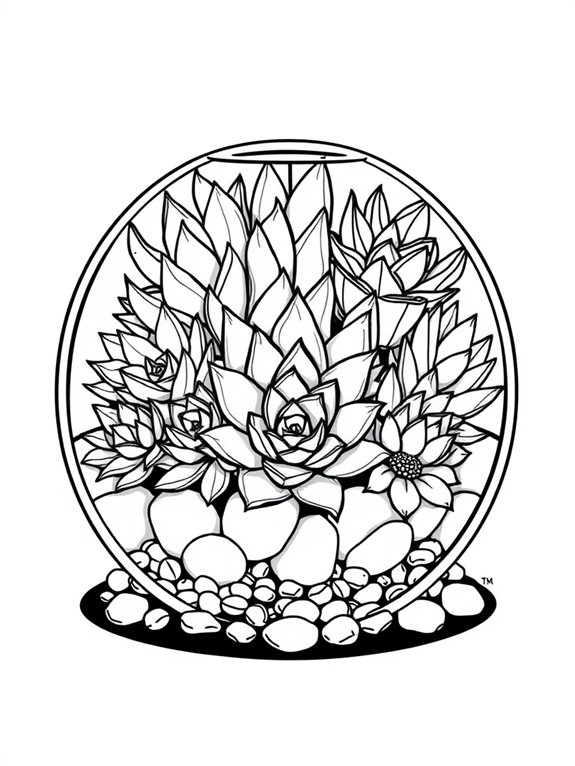
Download and print this delightful succulents coloring page featuring a mini terrarium design for free.
It's perfect for both kids and adults looking to unleash their creativity!
Succulents coloring page with fun borders and accents
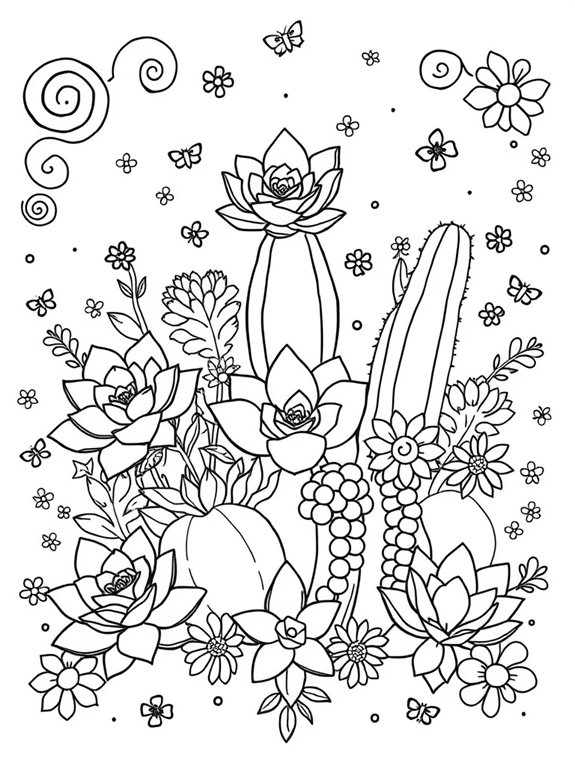
Download and print these delightful succulents coloring pages for free, perfect for anyone looking to express their creativity and enjoy a relaxing coloring experience!